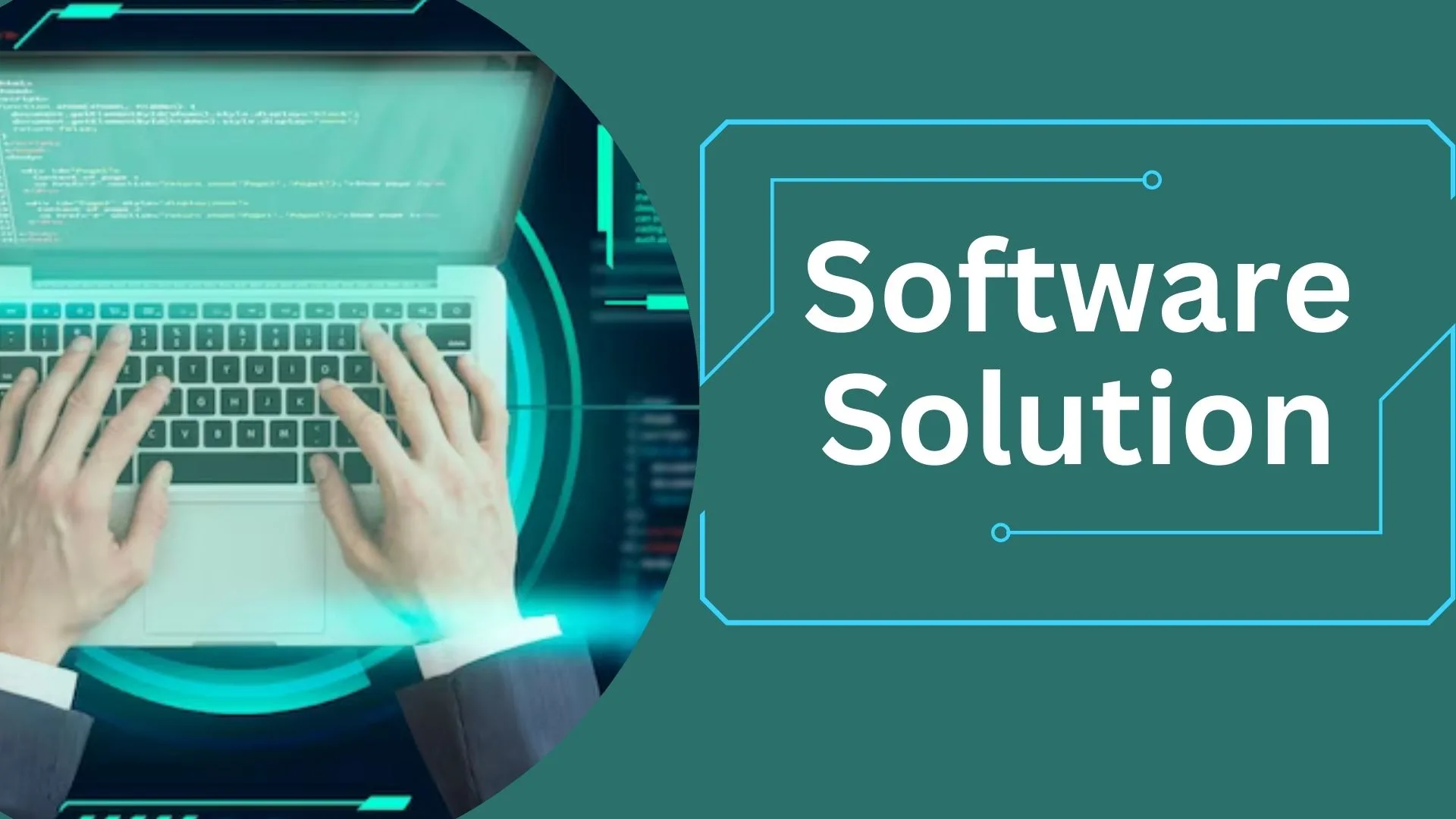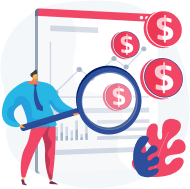Introduction
In the dynamic data-driven world of 2025, Redash stands out as a pivotal open-source data visualization and business intelligence tool. With its roots stretching back to its inception in 2013, Redash has continually evolved to address the growing demands of organizations to connect, visualize, and share data insights effortlessly. Available at https://redash.io/, it offers a seamless user experience designed for both technical and non-technical users alike, making data analysis accessible to a broader audience. Its unique selling points, including a user-friendly interface and robust querying capabilities across various data sources, have cemented its place as an essential tool for fostering a transparent, informed, and collaborative work culture.
Key Features and Benefits
Redash in 2025 is more than just a data visualization tool; it’s a comprehensive solution for businesses seeking to leverage their data for strategic advantages. Key features include:
- A user-friendly query editor supporting SQL and other query languages, enabling seamless connection to numerous data sources.
- Interactive dashboards that present data through charts, tables, and maps to enhance data storytelling and insight sharing.
- Collaboration tools allowing for easy sharing of dashboards and insights, fostering team alignment on data-driven decisions.
- Scheduling of queries and setting up alerts to keep teams updated on important data changes in real-time.
These features are supported by an open-source framework that provides extensive customization and flexibility, addressing diverse organizational needs and encouraging a data-driven culture. Further details on these features can be explored at https://zoftwarehub.com/products/redash/features.
Pricing Overview
Despite its extensive features, Redash maintains a flexible pricing model to cater to organizations of all sizes. The open-source version of Redash is available at no cost, allowing users to self-host the software. For those requiring a cloud-hosted version, pricing starts at approximately $49 per user per month. This plan includes increased performance, maintenance, and dedicated support, making it a worthwhile investment for businesses prioritizing reliability and ease of use. Detailed pricing information and options are available at https://zoftwarehub.com/products/redash/pricing.
Industry Applications
Redash’s versatility in 2025 is evident across various industries, thanks to its industry-agnostic design. Whether in technology, finance, healthcare, or education, organizations utilize Redash to streamline data analysis, reporting, and decision-making processes. By enabling easy access to and visualization of critical data, Redash supports businesses in becoming more agile, informed, and competitive.
Integration and Compatibility
One of Redash’s strengths lies in its broad compatibility with numerous data sources and platforms. With support for SQL databases, NoSQL databases, APIs, and cloud services, Redash ensures that organizations can leverage their existing data infrastructure without significant overhauls. Notable integrations include Oracle NoSQL Database, PostgreDB, Google Sheets, Amazon DynamoDB, and Snowflake, among others. This wide-ranging support facilitates seamless data aggregation and visualization across different systems. For more on Redash’s compatibility, visit https://zoftwarehub.com/products/redash/compatibility-check.
User Experience and Features
The user experience with Redash in 2025 continues to receive high praise from both technical and non-technical users. Its intuitive interface allows for the quick creation of queries and dashboards, encouraging widespread adoption within organizations. Feedback from the Redash community highlights several strengths:
- The simplicity that empowers users to explore and visualize data without extensive training.
- Strong community support that enhances the tool’s functionality and provides a platform for troubleshooting and new ideas.
- Robust data visualization options that cater to various informational needs and preferences.
- Effective collaboration features that streamline workflows and decision-making processes.
Despite these strengths, users also note areas for improvement such as the need for more extensive customization options and performance enhancements for large datasets.
Conclusion
As of 2025, Redash has solidified its position as a leading open-source data visualization and BI tool. Its emphasis on user experience, combined with powerful querying and visualization capabilities, makes it a preferred choice for organizations aiming to foster a data-driven culture. With flexible pricing, broad industry applications, and an active community, Redash is poised to continue its growth and evolution in the data analytics space. For organizations looking to leverage data for strategic insights and decision-making, Redash offers a comprehensive, customizable, and collaborative platform. Discover more about what Redash can offer at https://redash.io/.

